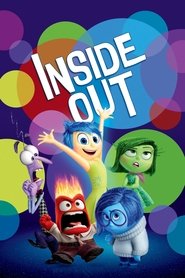The filmmakers plant honesty deep in Riley’s being for the usual Hollywood reasons of creating role models, virtues to emulate, positive images. But the effect is to distort Riley and misrepresent the way we form social relationships: through performances and masks that one tries on, as much for oneself as for others. […] The wonder of childhood is the opposite of the cozy vision of Inside Out—the sense of bigness, of a vast world remaining to be discovered. A world that offers surprises and secrets at virtually every turn, that launches flights of fancy during all activities, whether ordinary or dramatic.[…]
Riley’s inner life is thinly populated, and missing some big characters[:] the one thing that Disney and Pixar can’t represent is themselves—their own control over the inner being, over the self-representation of a child—yet it’s the movie’s main subject. In effect, Inside Out is a feature-length training manual for seeing life like a Pixar movie, an imprint machine for creating its own consumers.
— Richard Brody (The New Yorker)

